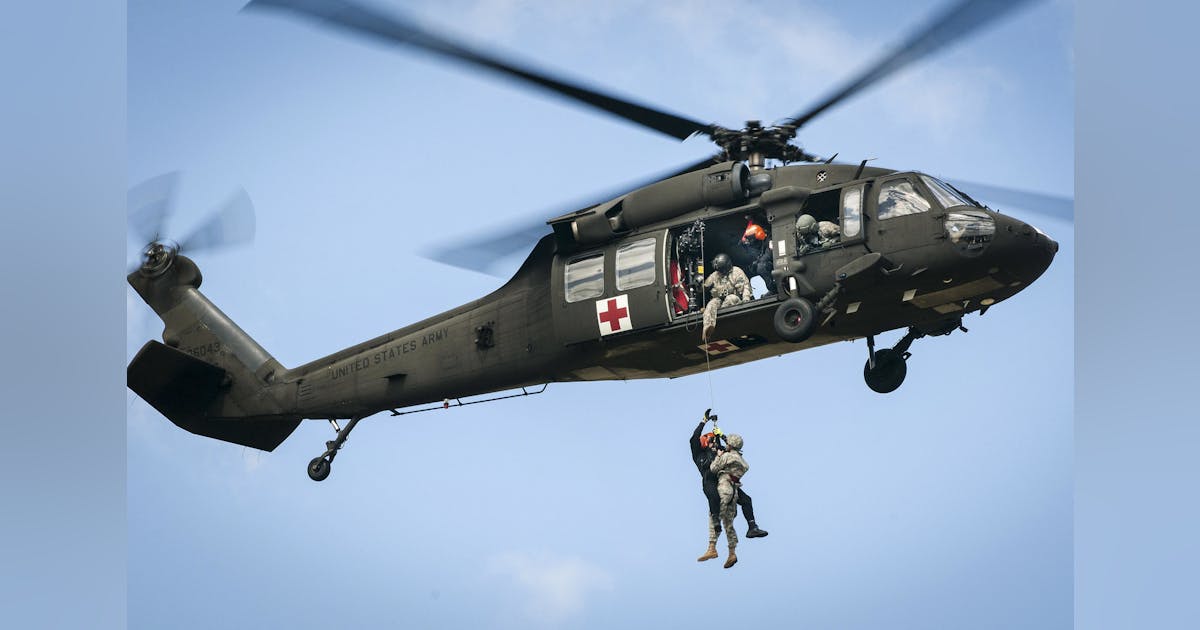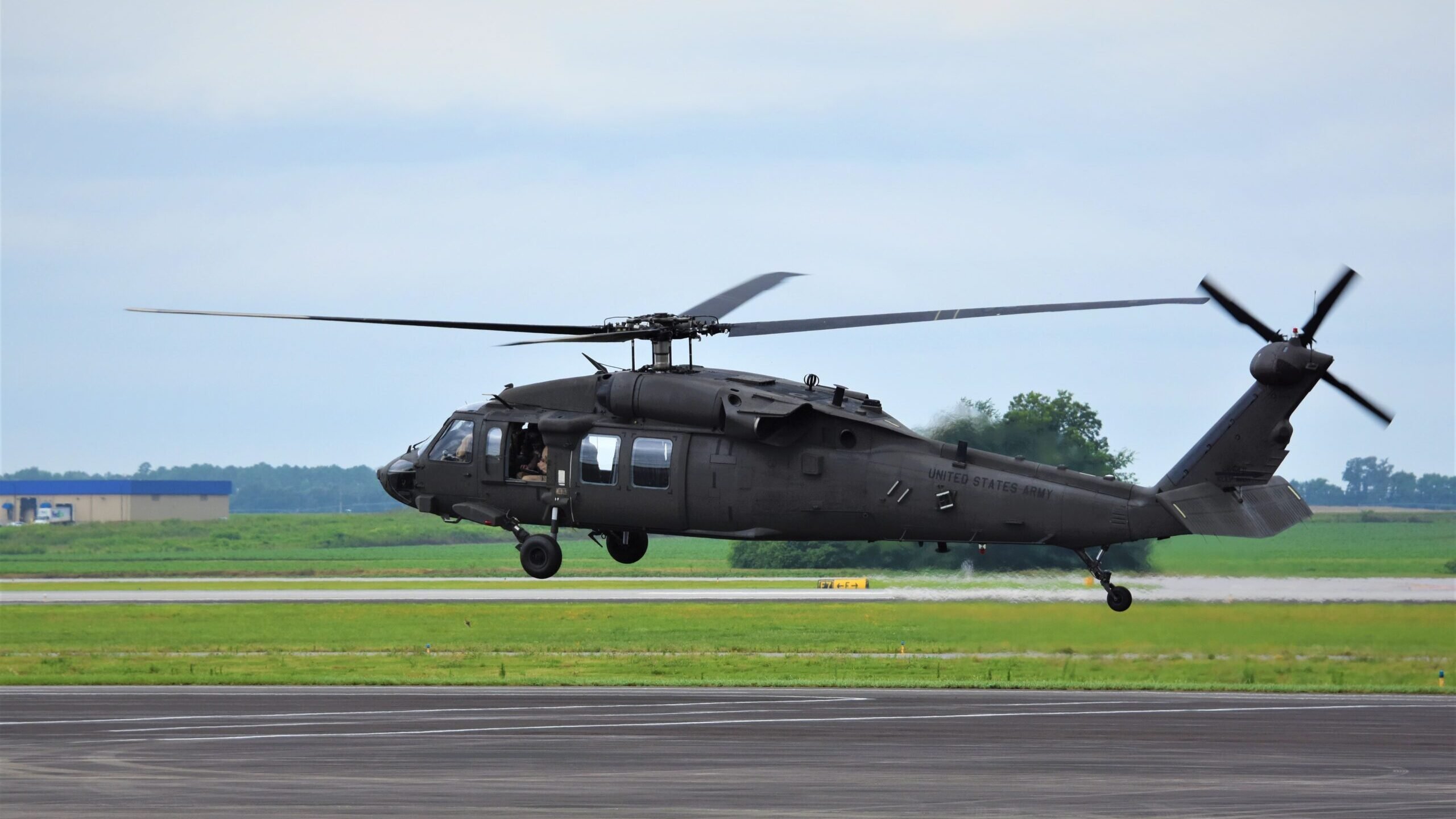UH 60 Black Hawk: Secret Attributes and Developments
UH 60 Black Hawk: Secret Attributes and Developments
Blog Article
A Comprehensive Overview to the Upkeep and Care of Airplane for Longevity
The longevity of an aircraft pivots considerably on its upkeep and care, necessitating an organized strategy to make sure ideal efficiency and safety. Recognizing the ins and outs of these practices can be complex; for that reason, it is important to check out the crucial components that contribute to reliable aircraft care and the ramifications of neglecting these duties.
Relevance of Routine Upkeep
Routine maintenance is essential for the security, efficiency, and long life of airplane. A methodical approach to maintenance makes sure that all parts operate optimally, consequently reducing the risk of mechanical failing throughout procedure. Routine assessments and servicing allow specialists to recognize prospective concerns before they rise into considerable troubles, making certain that the aircraft continues to be in compliance with aviation guidelines.
Moreover, keeping an aircraft according to the supplier's guidelines is vital for maintaining its worth. A well-documented maintenance history can improve resale potential customers and instill confidence in prospective customers. Furthermore, routine maintenance adds to functional effectiveness, as it aids to maximize gas intake and performance metrics, bring about cost savings in time.
Furthermore, regular upkeep contributes to the total safety and security of trip operations (uh 60). By dealing with deterioration without delay, operators can reduce risks connected with aging airplane systems. This proactive technique not only shields the lives of guests and team but also safeguards the aircraft itself against disastrous failures

Daily Evaluation Checklist
Exactly how can pilots and upkeep staffs make sure the aircraft is in optimum condition before each trip? The answer hinges on an extensive everyday examination checklist, which acts as a vital method to identify prospective issues that can jeopardize security and performance. This checklist ought to include numerous crucial locations, consisting of outside and interior inspections, along with practical checks of important systems.
Beginning with the exterior, crews must examine the airframe for any type of noticeable damage, leaks, or indications of corrosion. Focus needs to be paid to manage surface areas, touchdown equipment, and the problem of tires. Relocating to the inside, the crew should confirm that all controls and tools are operational, ensuring that electronic systems are functioning appropriately.

In enhancement to structural checks, it is important to evaluate gas levels and validate that all needed files, consisting of enrollment and weight and balance info, are up to date. Ultimately, a review of emergency tools, including life vests and fire extinguishers, must be performed to make sure conformity with safety regulations. By faithfully following this day-to-day examination list, pilots and upkeep staffs can substantially enhance the safety and security and integrity of their aircraft.
Arranged Maintenance Programs
Set up upkeep programs are crucial for the long-lasting safety and performance of aircraft procedures. These programs are developed to make sure that all airplane components undertake routine examinations, maintenance, and necessary fixings at fixed periods. By sticking to a structured upkeep routine, operators can significantly reduce the threat of in-flight failures, improve aircraft reliability, and prolong the lifespan of crucial components.
Generally, scheduled maintenance is categorized into different levels, including A, D, c, and b checks, each with unique demands check out this site and thoroughness. A checks are generally extra regular and concentrate on fundamental aesthetic evaluations and minor repairs, while D checks are much more extensive and occur much less frequently, entailing comprehensive disassembly and overhaul of the airplane.
Governing bodies, such as the FAA and EASA, mandate conformity with specific upkeep timetables based on airplane type and use. Operators should preserve thorough documents of all upkeep performed to show compliance and promote assessments. The integration of anticipating maintenance technologies can even more boost the performance of scheduled programs by identifying prospective problems before they escalate, thereby making sure that airplane remain in optimum condition and prepared discover here for safe operations.
Take Care Of Airplane Interiors
Looking after airplane interiors is crucial not just for guest comfort yet likewise for keeping the overall value and safety of the aircraft. Normal cleansing and maintenance of the indoor components add considerably to a favorable flying experience while protecting the airplane's aesthetic appeal.
To guarantee optimum treatment, it is vital to establish a routine cleansing timetable that consists of vacuuming carpets, cleaning down surfaces, and sterilizing high-touch locations. Upholstery and seating must be checked for deterioration, with any type of damage quickly dealt with to avoid further degeneration. Additionally, interest should be provided to the galley and lavatory areas, which need thorough cleansing and restocking of supplies to preserve hygiene.
Furthermore, using suitable cleansing agents is vital; extreme chemicals can harm materials and finishes, so it is recommended to utilize products specifically developed for airplane interiors. Regular evaluations must additionally be conducted to identify any upkeep requires, such as changing worn-out seat covers or repairing home window tones. By prioritizing the care of airplane interiors, operators can boost the general traveler experience and shield the investment in their airplane.
Understanding Regulatory Conformity
Regulatory conformity is an important aspect of airplane upkeep, typically requiring operators to abide by an intricate structure of local, nationwide, and global standards. This framework is largely developed by aeronautics regulative bodies such as the Federal Air Travel Management (FAA) in the USA and the European Union Air Travel Safety And Security Company (EASA) in Europe - uh 60. These companies set forth guidelines that govern numerous elements of airplane maintenance, including airworthiness, safety and security methods, and operational procedures

In addition, operators have to remain notified concerning modifications in regulations and take part in training programs to explanation make sure that their staff is experienced concerning conformity requirements. Failure to abide with these policies can result in extreme charges, including penalties, grounding of aircraft, or loss of certification. Understanding and adhering to regulatory conformity is extremely important for the long life and safety and security of airplane procedures.
Conclusion
To conclude, the upkeep and treatment of aircraft are extremely important for making sure durability, safety and security, and functional efficiency (uh 60). Regular assessments, adherence to everyday checklists, and systematic upkeep programs help with the very early identification of prospective issues. Attention to the aircraft's interior and conformity with regulative standards substantially contribute to protecting its value. By carrying out these practices, operators can improve the general experience for travelers while safeguarding the financial investment in aeronautics properties.
The long life of an aircraft pivots significantly on its upkeep and care, necessitating an organized approach to guarantee ideal performance and safety. By carefully following this daily examination list, pilots and upkeep crews can considerably boost the safety and reliability of their aircraft.
These programs are made to make certain that all aircraft elements go through normal examinations, upkeep, and needed repair work at fixed intervals. By focusing on the treatment of airplane insides, operators can enhance the total passenger experience and protect the financial investment in their aircraft.
In final thought, the maintenance and treatment of airplane are vital for guaranteeing durability, safety, and operational efficiency.
Report this page